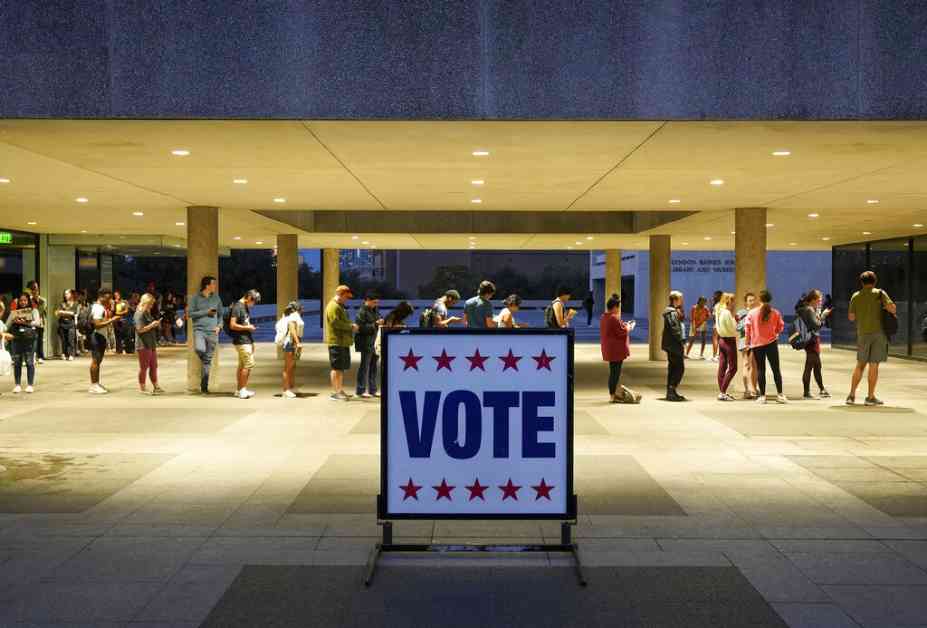Vice President Kamala Harris is currently leading in the polls against former President Donald Trump in various national and swing state surveys. This has led to Democrats feeling optimistic and Republicans feeling discouraged. However, there is a group of voters known as “shy Trump voters” who may have a significant impact on the upcoming presidential race.
According to the RealClearPolitics Poll of Polls, only two out of eleven surveys show the candidates ahead by a margin outside of the margin of error. Ms. Harris is leading by four points in the Emerson poll, while Trump is leading by the same margin in the Rassmussen poll. With the Electoral College dividing the race into 51 separate contests, the outlook for the election becomes more uncertain.
Democratic pollster Doug Schoen, a former advisor to President Clinton, believes that like in the past elections, Trump could receive an additional three to four percent of the vote on Election Day beyond his final poll numbers. This could potentially narrow the gap between the candidates and lead to a closer race than what the current polls suggest.
CNN’s senior data reporter, Harry Enten, highlighted the underestimation of Trump in the “Great Lakes battleground states.” He mentioned that in both 2016 and 2020, Trump was underestimated by a significant margin. This trend could indicate that the current polls may not accurately reflect the true level of support for each candidate.
The reluctance of some voters to openly support Trump may be influencing the accuracy of the polls, as seen in past elections where polls overestimated the support for the Democratic candidate. The phenomenon of shy voters, combined with the challenges of accurately predicting election outcomes, makes it difficult to determine the true state of the race.
Factors such as Trump’s impeachment, legal issues, and negative media portrayal have contributed to the perception that supporting him is socially unacceptable. This may further discourage some voters from openly expressing their support for Trump, leading to a potential underrepresentation of his true level of support in the polls.
The impact of shy Trump voters on the election remains uncertain until Election Day when they cast their votes in private. It is essential to approach the current polls with caution and avoid becoming overly confident or despairing based on the results. The unpredictability of elections and the hidden influences on voter behavior emphasize the need for a cautious and open-minded approach to interpreting poll data.


